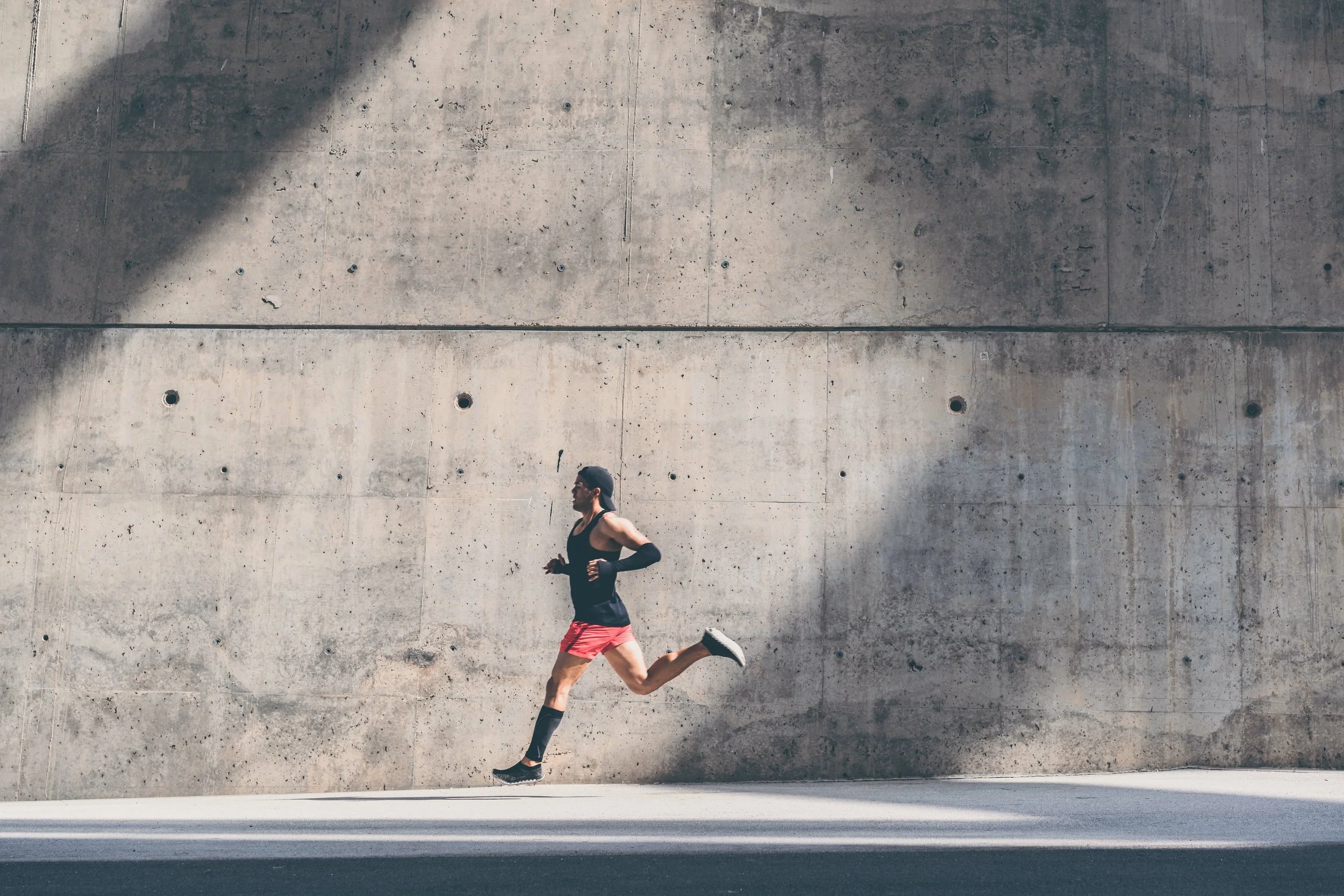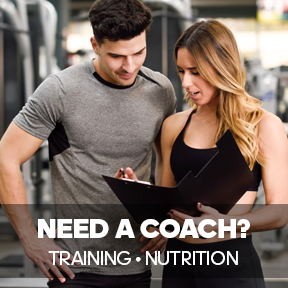Athletes Only offers functional fitness training that integrates proven techniques from the strength and conditioning programs of Olympic teams, university athletics, and professional sports, alongside principles derived from yoga and military training.
This comprehensive approach ensures that regardless of your current fitness level, the training is personalized to address your unique needs—emphasizing that while individual requirements may vary, they often differ only by degree, not kind.
By focusing on developing functional strength, flexibility, and mental resilience, Athletes Only provides a robust framework for athletes to enhance their performance and reach their true potential.
“If you train hard, you’ll not only be hard, you’ll be hard to beat.”
Pre-Workout Routine
Pre-Workout Routine
Bring Intention and Attention to Your Workouts
Take Quiet Time
Begin by finding a quiet space to mentally prepare for your workout. Review the workout description in detail to familiarize yourself with what lies ahead.Know Your 'WHY'
Remind yourself why you are training today. Understanding the purpose behind each session and exercise can help increase your focus and motivation.Understand the Workout
Review the workout plan thoroughly. If necessary, watch exercise videos to clarify techniques. Compare this session with previous journal entries to assess progress and areas for improvement.Devise Your Strategy
Create a plan for how you will approach each exercise. Consider aspects such as form, tempo, and intensity to ensure you accomplish your workout goals.Have Your Tools Available
Prepare your workout essentials: workout sheets, journal for tracking progress, water bottle, towel for sweat management, and any supplements you may need.Ensure Proper Fueling
Check that you are well-fueled before starting. This includes nutrition that optimizes energy levels and supports performance.Set Specific Goals
Define what you aim to achieve in this session, whether it's increasing weight, improving endurance, or mastering a technique.Set Micro-Goals
Break down your session into smaller goals for each exercise. This helps maintain focus and makes the workout more manageable.Visualize Success
Spend a moment visualizing yourself completing each exercise with perfect technique. Mentally picture yourself achieving your defined goals.Assess Modifications
Consider any necessary modifications based on your current condition or available equipment. Adjust your workout for time constraints or injuries if needed.Initiate Positive Dialogue
Start a positive internal dialogue to enhance your mindset. Engage in deep box breathing to center yourself and generate positive energy as you prepare to begin your workout.
Dynamic Warmup [for every session]:
Duration: 5-10minutes
Start with: 20-100 bodyweight lunges (10-50 each leg)
Continue with these essential stretches:
Hamstring Scoops (8 reps) to increase hamstring flexibility.
Quad Pulls (8 reps) to engage and prepare your quadriceps for the workout ahead.
Single Leg Walking Hamstring Stretch (8 reps) to enhance hamstring mobility.
The Hip Rotator Chair Stretch (8 reps) to open up your hip rotators and improve flexibility.
Lunges With Rotation (8 reps) to boost core strength and rotational stability.
The Hip Flexor Crawl With Rotation (8 reps) to release tension in your hip flexors and enhance hip mobility.
Hamstring High Kicks (8 reps) to dynamically stretch your hamstrings and prepare them for activity.
Finish the warmup with two variations of leg swings for each leg, a dynamic stretch that enhances hip mobility and warms up the hip and leg muscles.
*Created by Steve Weatherford (2 x NFL Fittest Men)
Recovery
Recovery is essential for optimizing your physical and mental capabilities. Balancing training with adequate recovery will ultimately lead to improved performance, reduced injury risk, and sustained long-term success in your sport.
How it helps:
Muscle Repair and Growth: After intense training, muscles undergo micro-tears. Recovery allows these muscles to heal, leading to increased strength and muscle mass. Proper recovery promotes processes like protein synthesis, which is essential for rebuilding and strengthening muscle tissue. Without proper recovery, muscles remain fatigued, and performance can’t improve, or worse, it can decline.
Energy Restoration: Training depletes energy stores within the body, mainly glycogen in muscles and liver. Recovery helps replenish these stores, ensuring that athletes have the energy needed for subsequent workouts, enhancing overall performance.
Injury Prevention: Insufficient recovery can contribute to overuse injuries, which are common in athletes. Incorporating rest days and recovery strategies reduces the risk of strains and sprains, keeping athletes healthier and allowing them to train consistently.
Mental Recovery: Training is not only physically demanding but also mentally taxing. Recovery provides a necessary break for the mind, helping to decrease stress, maintain motivation, and improve focus during training sessions.
Nervous System: Intense training stresses the central nervous system (CNS), which controls muscle activation and coordination. Recovery helps the CNS recharge, maintaining optimal reaction times, focus, and coordination. Overtraining the CNS can result in mental and physical burnout.
Hormonal Balance: Intense training can disrupt hormonal levels, particularly cortisol, which is associated with stress and can impede recovery. Adequate recovery supports hormonal balance, promoting better adaptations to training and overall well-being.
Immune Function: Overtraining without sufficient recovery can weaken the immune system, making athletes more susceptible to illness. Recovery plays a vital role in maintaining immune function, ensuring athletes can remain healthy and training consistently.
Performance Enhancement: Recovery strategies, such as active recovery, stretching, and hydration, contribute to improved performance. Recovery allows athletes to return to training fully refreshed, leading to better effort and results in their performance.
What Does Good Recovery Look Like?
-
Planned periodic breaks from intense training and performance are vital for physical and mental rejuvenation.
-
Quality sleep is the most critical recovery tool, as it supports muscle repair, cognitive function, and overall recovery.
-
Proper refuelling with proteins, carbohydrates, and healthy fats aids tissue repair and energy replenishment.
-
Staying hydrated reduces muscle soreness and supports cellular repair.
-
Light activities like yoga, swimming, or walking improve blood flow and aid muscle recovery without adding significant strain.
-
Techniques like foam rolling, stretching, percussion massager, or professional massage reduce muscle tension and improve flexibility.
-
Cold therapy (ice baths/cold showers), compression gear, and devices like muscle stimulators, percussion massagers, PEMF mats, and red light therapy can enhance recovery.
Breath Work
Improve your recovery with coherence breathing, also known as resonant breathing, is a simple, structured breathing technique designed to bring your breath, heart rate, and nervous system into harmony and improve your heart rate variability (HRV*):
It involves breathing at a specific pace—usually around 5 to 6 breaths per minute—to achieve a balanced physiological state.
How to:
1. Inhale for 5-6 seconds(through the nose if possible).
2. Exhale for 5-6 seconds (slow and steady, through the nose or mouth).
3. Repeat this cycle for 5-10 minutes to start, gradually extending your practice as you get comfortable.
The focus is on maintaining an even and smooth rhythm, avoiding tension or force. It can be practiced sitting, lying down, or even during light activity like walking.
-
By incorporating coherence breathing into your routine, you can foster a sense of calm and balance while improving your mental and physical health.
Activates the Parasympathetic Nervous System:
Encourages relaxation by activating the “rest-and-digest” response, reducing stress and anxiety.
Balances Heart Rate Variability (HRV):
Improves HRV, a marker of cardiovascular and emotional health. Higher HRV is linked to better stress management and resilience.
Reduces Stress and Anxiety:
The steady rhythm calms the mind, helping to lower cortisol levels and alleviate feelings of overwhelm.
Enhances Mental Clarity and Focus:
Improved oxygen delivery to the brain promotes concentration and cognitive performance.
Regulates Emotions:
By syncing breathing with heart rhythms, it promotes emotional stability and resilience.
Supports Sleep:
Regular practice can help improve sleep quality by preparing the body for rest and relaxation.
Boosts Immune Function:
Lower stress levels and improved autonomic balance can indirectly enhance immune response.
Improves Physical Performance:
Athletes often use coherence breathing to optimize energy and recovery, as it improves oxygen efficiency.
Accessible:
Requires no equipment and can be done anywhere, making it a practical tool for daily stress management.
-
Heart Rate Variability (HRV) refers to the variation in time between successive heartbeats, measured in milliseconds. It reflects how well your autonomic nervous system (ANS)—which controls involuntary functions like heart rate, digestion, and respiration—is functioning. A high HRV generally indicates good health, adaptability, and recovery capacity, while a low HRV can be a sign of stress, fatigue, or poor recovery.
Why HRV is Important for Athletes:
Recovery Indicator:
HRV is a reliable marker of how well an athlete has recovered from training or competition. High HRV suggests readiness for intense activity, while low HRV might signal a need for rest or lighter exercise.Stress Management:
HRV reflects the balance between the sympathetic ("fight or flight") and parasympathetic ("rest and digest") nervous systems. For athletes, managing this balance is crucial for avoiding burnout and maintaining performance.Injury Prevention:
Low HRV can indicate chronic stress or overtraining, both of which increase the risk of injury. Monitoring HRV helps athletes adjust training loads to prevent overuse injuries.Performance Optimization:
Training programs tailored to an athlete's HRV data can enhance performance by ensuring optimal workload distribution and recovery.General Health Monitoring:
Changes in HRV can also reveal potential health issues, such as illness, dehydration, or nutritional deficiencies, allowing for early intervention.
Ways Athletes Can Improve HRV:
Consistent Sleep Schedule:
Prioritize 7–9 hours of quality sleep to support recovery.Balanced Training and Rest:
Alternate between hard and light training days to prevent overtraining.Stress-Reduction Techniques:
Practices like mindfulness, yoga, and deep breathing exercises can activate the parasympathetic nervous system, boosting HRV.Proper Nutrition and Hydration:
A diet rich in nutrients and adequate hydration supports overall heart health and recovery.Cold and Heat Therapy:
Methods like cold plunges or sauna use may improve HRV by reducing stress and inflammation.Biofeedback Devices:
Tools like wearable HRV monitors can help athletes track and optimize their HRV over time.
By improving HRV, athletes can enhance recovery, performance, and resilience, ensuring they stay at their physical and mental peak.



